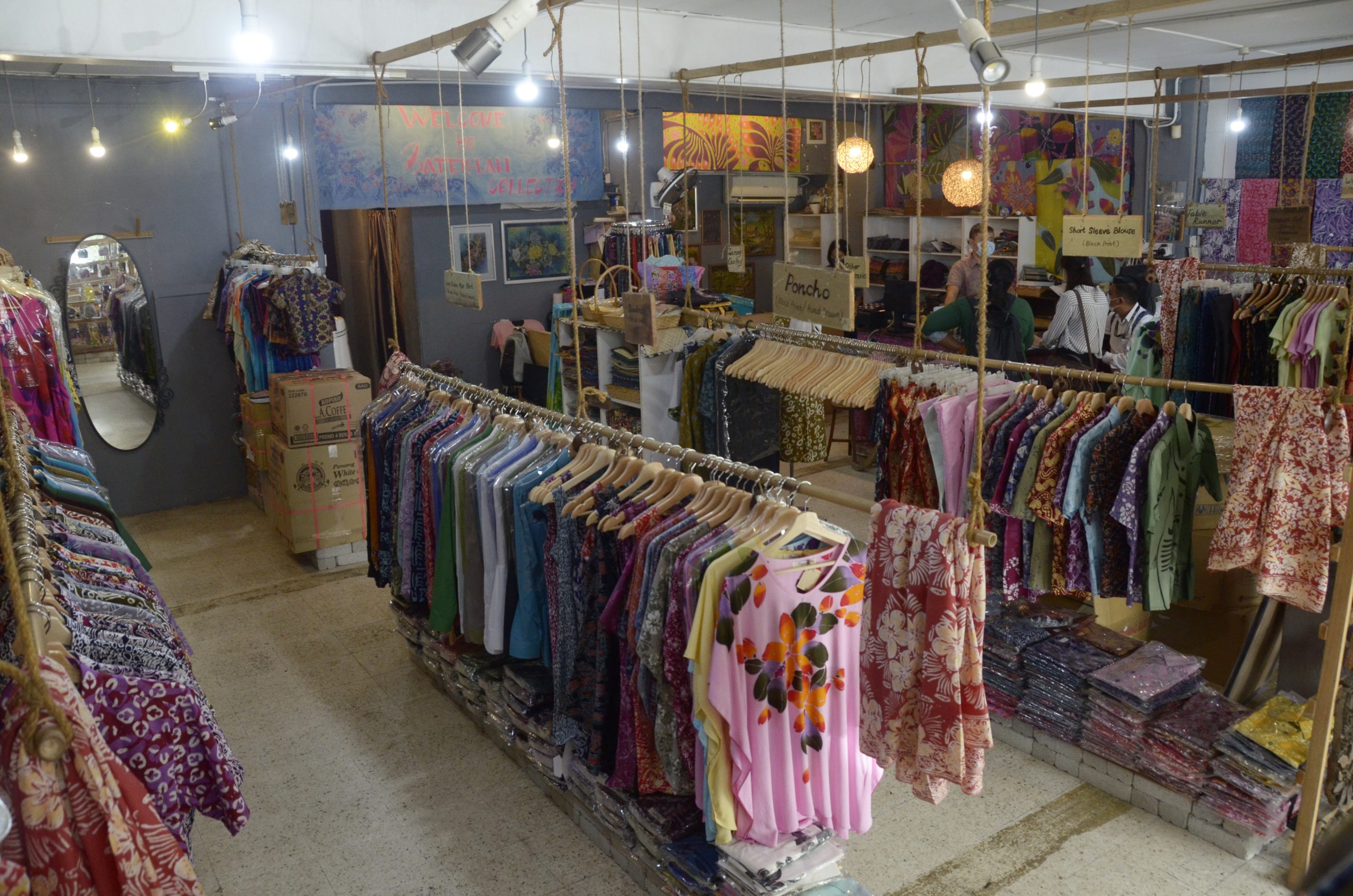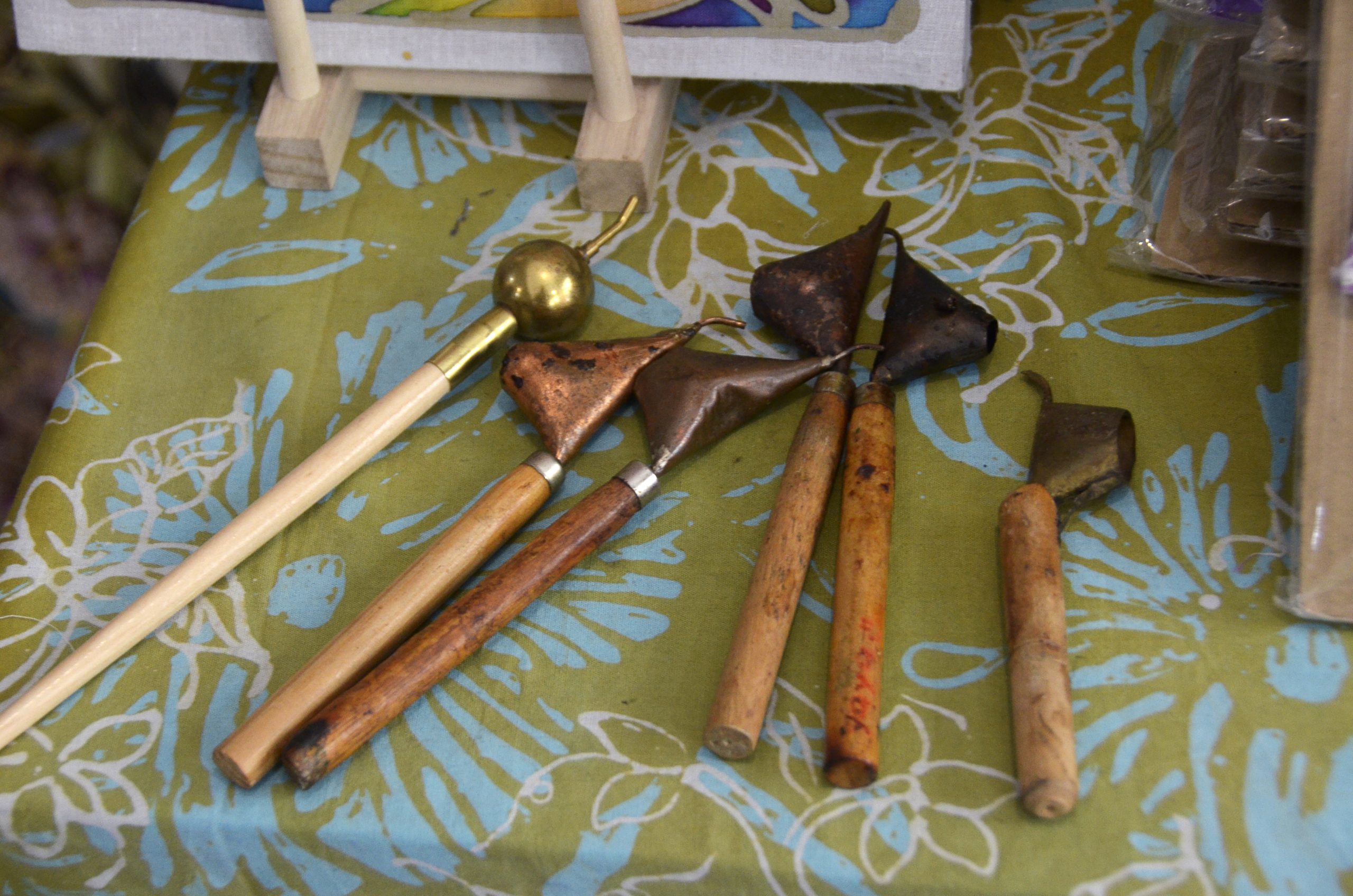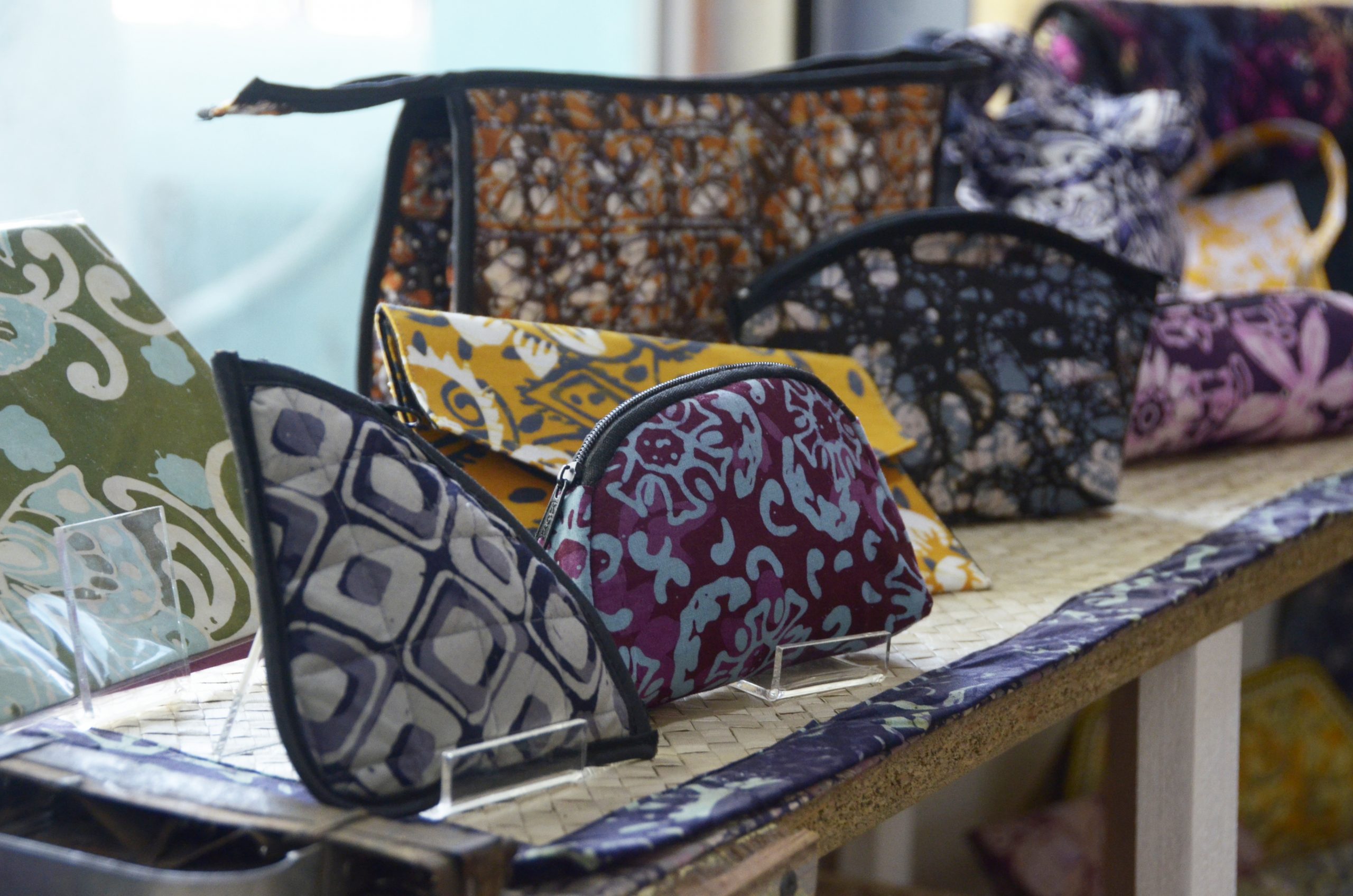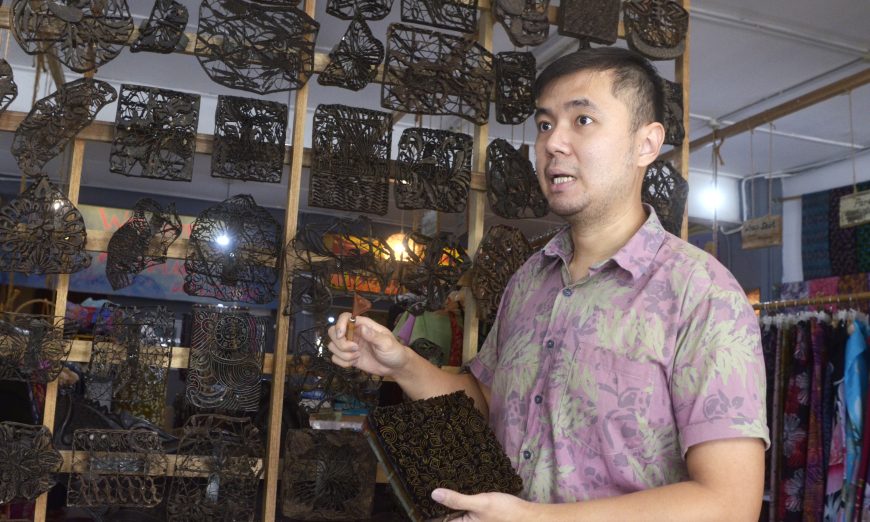BATIK, despite being one of our nation’s intangible heritage, often goes unnoticed and does not get the limelight that it deserves.
The owner of ‘Batek-Lah Collection’, James Lim, who voiced out this, wonders how well people appreciate and recognise the art of batik in Penang and Malaysia as a whole.
“How many of us, when we wear a batik outfit, are asked why are we wearing it and whether are we going somewhere?
“Most of the time we wear batik due to workplace requirement or as a dress code to attend certain function, though it is part of our traditional art and craft.
“We do not really blend it with our daily lifestyle as people have totally misunderstood the concept of batik,’’ said Lim during an interview with Buletin Mutiara recently.
Lim said batik, which represents the cultural heritage of our country, can be worn by everyone every day. In fact, he believes it should be cultivated in that manner.
“Travellers to a foreign country are usually keen on exploring the cultural products rather than visiting malls.
“Therefore, whenever tourists come to my boutique, I will give them a detailed explanation on batik for them to understand its value,’’ said Lim, 35.

After having almost eight years of working experience in the mechanical engineering field, he heeded his father’s advice to venture into the batik industry.
“My father was my inspiration. I have grown up watching him handling the ups and downs of his business (Batik industry) for 40 years.
“The establishment of Batek-Lah in 2012 was mainly is to ensure that we continue to inherit and preserve the beauty of batik.
“I believe that ‘art and culture’ is the soul of a city, and I will continue to work hard to promote batik in our country as it is our nation’s cultural heritage,’’ added Lim.
According to Lim, there is not much difference in the batik produced in Penang and in Kelantan or Terengganu due to the low demand of the product.
“If you take Malaysia as a whole, our market for batik is small compared to Indonesia. Theirs is huge.
“Over there, there are various types of batik such as Balinese batik, Jogja batik, Pekalongan batik and many others.
“Because Malaysian batik market is small, there is no diverse production of batik by our creators. And new creators are still difficult to come by,” he said.
Many people, he said, are unable to differentiate between handmade (batik asli) and machine-made batik.
“Most of us do not know how to identify the handmade and machine-made batik. This makes it difficult for the batik asli to ‘survive’ because machine-made ones can easily replace them.
“If the colours can be seen brightly on both sides, then it is batik asli, whereas for the printed batik (machine made), the reverse side will have faded colours. This is because only one side of the fabric will have the colours printed on it.
“Batik asli is our cultural heritage. Perhaps, sooner or later, it can be seen only in museums and that is what Batek-Lah is trying to prevent from happening,’’ added Lim.
For handmade batik, he explained that only natural materials such as linen, cotton and silk are used due to its ability to absorb the colour (dye).
“Batik asli is produced via two methods. One is the ‘batik tulis’ (hand drawn), which is made using the tool ‘canting’ thus, it is also called as ‘batik canting’.

“The other one is ‘batik cap’ (stamped batik), which uses blocks made from brass, but long ago people used wooden blocks.
‘Only in certain countries like India and Africa, they are still using wooden blocks. For both the methods (batik canting and batik cap), we will be using wax to prevent the colours from overflowing.
“It even takes a month to make a piece of batik asli, hence its price cannot be too low as the production is so meticulous. Currently, there are not more than five batik asli manufacturers.
“On the other hand, the machine-made batik uses the batik screen printing method whereby more colours can be used but still it does not have the artistic value and charm of the batik asli,” said Lim.
Lim welcomes those interested in learning about batik manufacturing to visit the Balik Pulau Craft Incubator Centre.
“Batik workshop at the Balik Pulau Craft Incubator Centre is open to the public from Monday to Friday for free.
“Batek-Lah Collection is not only meant for selling batik products, but we want to serve as an information centre for batik. We will be more than happy to share everything about batik.
“And at the same time, Batek-Lah also provides workshops on batik production both indoor and outdoor classes for primary and secondary school students as well as for adults.
“I would like to impart the knowledge about batik especially to secondary school students as young minds have many new and creative ideas,” he said.

Those who are interested in learning more about batik manufacturing can contact 016-4117500 or visit www.batek-lah.com
Lim’s boutique, which is located at 158, Transfer Road, George Town, is open daily from 10am to 6pm.
Story by Tanushalini Moroter
Pix by Chan Kok Kuan

